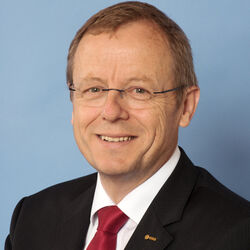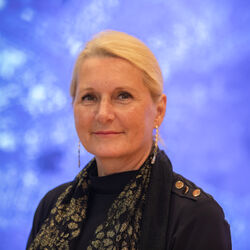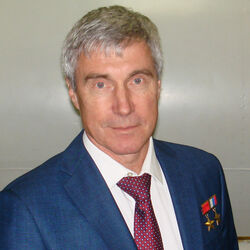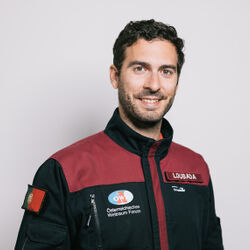MoonMars Villages for Science, Technology, Innovation, Cooperation, Security and Inspiration
Wednesday 27 September 2017, 13:30 – 14:30
Location: Adelaide Convention Center – Hall C
The panelists will review recent MoonMars science discoveries and key projects towards robotic & human villages on the Moon & Mars. They will discuss potential MoonMars research (planetary & space science, human spaceflight, astrobiology, astrophysics, technologies, life support, operations, technical validation and development). They will debate the benefits and values of MoonMars Villages for Innovation, Cooperation, Security & Inspiration. The panel will address various aspects and questions from the community e.g.:
1) What are the current MoonMars plans for different space agencies and space actors?
2) How to use MoonMars data to unlock imagination, inspire youth, public, engineers & stakeholders?
3) What are Knowledge Gaps and precursor robotic missions towards robotic villages ?
4) Why MoonMars robotic and human villages ?
5) How can MoonMars Villages foster peaceful innovation and make our world safer?
6) How to establish infrastructures on the Moon surface and then on Mars to benefit multiple users?
7) What is the role of small or emerging space countries and new partners?
8) How to collaborate effectively between countries, agencies and new stakeholders?
Moderator

Bernard FOING
, CEO ILEWG LUNEX EuroMoonMars, president Space Renaissance International, chief scientist QOSMOSYS
Netherlands
Speakers
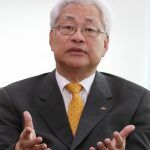
Tai Sik LEE
President, Korean Institute of Civil Engineering & Building Technology (KICT)
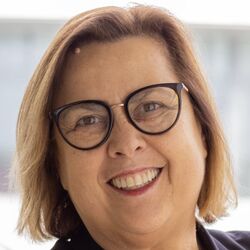
Simonetta DI PIPPO
Director, SEE Lab (Space Economy Evolution Laboratory) SDA Bocconi School of Management
Italy

Francois RIVASSEAU
Director of Security Policy & Space Policy, European External Action Service (EEAS)
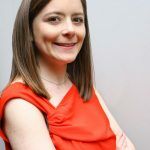
Monika Johanna PARDO SPIESSE
Winner of SGAC/ILEWG IAC2017 article prize competition

